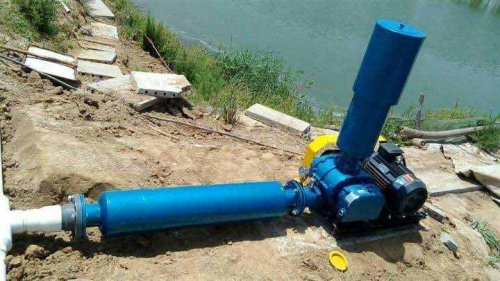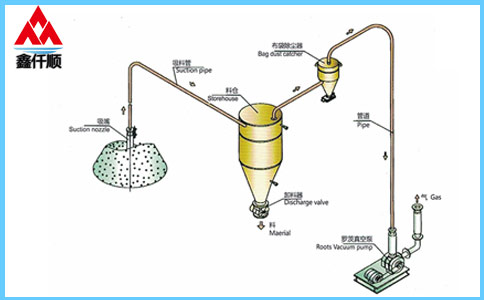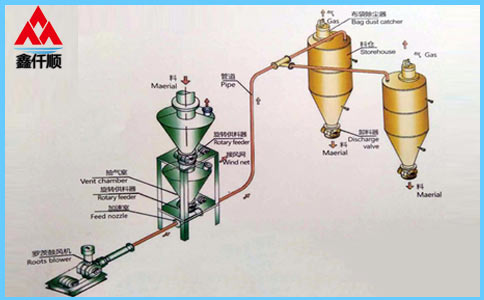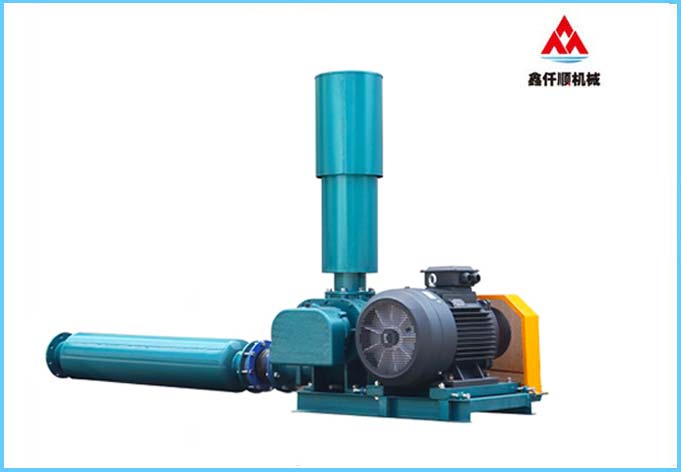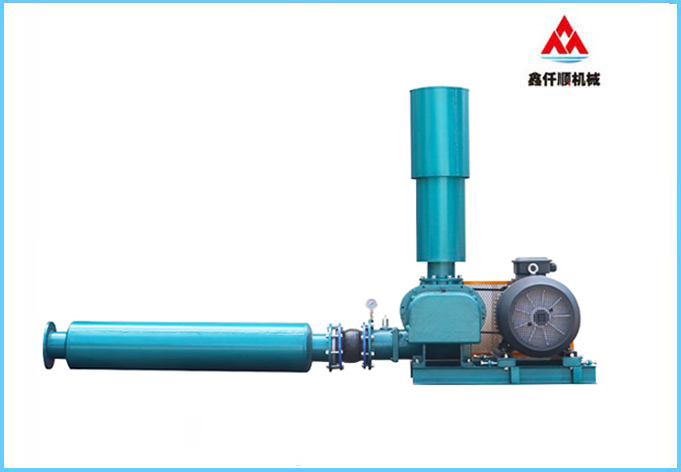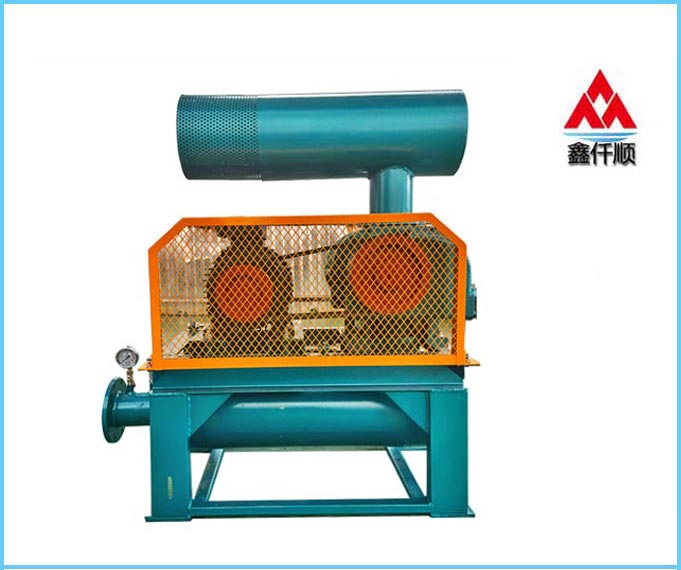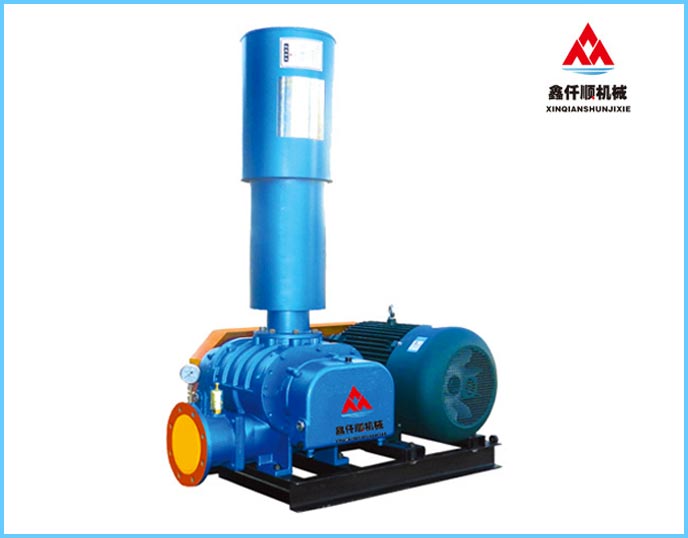The motor is the power source of Roots blower. If the motor is burned out, it means that the Roots blower loses its power system and will stop working. There are many reasons for the motor burning out of Roots blower. Today, I will take you to understand why the Roots blower burns the motor.
1、 The motor runs without phase.
This is a killer of three-phase asynchronous motor. When the motor operates normally, the three-phase load is symmetrical load, so the three-phase current is basically balanced and the size is equal. If the motor is in phase loss during operation (the phenomenon of any phase breaking in the three-phase winding is called phase loss), the Roots blower vibration will become larger, abnormal sound will appear, the speed will drop, and the current will increase, The temperature of the motor will rise sharply, which will cause the motor to burn out. A motor of average quality will burn out in ten minutes at most. The most terrible thing is the phase failure of the whole power supply system. In addition, the switches of many equipment are self-locking or automatically opened (such as fans and pumps). The power transmission phase failure accident after a power failure may burn more than a dozen motors at a time.
2、 The bearing is damaged.
Due to the continuous operation of Roots blower for a long time, the temperature rise of the motor body is too high, and the bearing is not replenished with grease in time, resulting in bearing oil shortage until the bearing is damaged, shaft bending, belt fracture and other phenomena, resulting in the stator and rotor friction (commonly known as barrel sweeping) leading to a sharp rise in core temperature, burning groove insulation, turn to turn insulation, The winding turns are short circuited or "shot" to the ground is caused from the surface. In serious cases, the stator core will be inverted, misaligned, the shaft will be worn, and the end cover will be scrapped. Bearing damage is generally caused by the following reasons:
1. Improper bearing assembly, such as uneven tapping on the inner ring of the bearing during cold assembly, which causes the shaft to be worn, resulting in the loss of interference between the inner ring of the bearing and the outer ring or the reduction of the interference, resulting in the inner ring running; uneven tapping when installing the motor end cover, resulting in loose matching between the end cover bearing chamber and the outer ring of the shaft, resulting in the outer ring running. Running either the inner ring or the outer ring will cause the temperature rise of the bearing to rise sharply. As long as the bearing is in good condition, intermittent running of the outer ring is allowed.
2. The bearing wall is not cleaned, or the grease is not clean. For example, in order to keep the small steel materials of the bearing thoroughly cleaned, the bearing will burn out due to excessive temperature rise due to damage caused by rolling of the bearing during operation.
3. When the bearing is replaced and processed again, the interference of the motor end cover after nesting is too large or the ovality exceeds the standard, which causes the bearing ball clearance to be too small or uneven, which causes the friction force to increase when the bearing runs, and the temperature rises sharply until it is burned out.
4. Due to axial misalignment of stator and rotor iron cores or insufficient precision after re machining of the rotating shaft, the inner and outer rings of the bearing are not on the same section, which causes the temperature of the bearing to rise after "eating hard" operation until it is burned.
5. The bearing is damaged due to the mixing of different types of grease.
6. The bearing itself has quality problems, such as rust spots on the raceway, inflexible rotation, too small clearance, cage deformation, etc.
7. The standby machine has not operated for a long time, the grease has deteriorated, and the bearing has rusted. The only way to maintain it is to pay attention to regular inspection and regular replacement of the same brand of grease during use.
3、 When the air valve is closed, overload burning will occur.
Since the air valve of Roots blower has not been opened or has not been opened enough after starting. Under this condition, the Roots blower runs, resulting in a sharp rise in the operating temperature of the motor body until it is burned out. After the air outlet or air valve is reset, but the Roots blower is not closed in time, the operation of the blower in this case will also cause the operating temperature of the motor body to rise sharply until it is burned out.
4、 Be affected with damp.
The insulation reduction caused by water ingress or moisture of the distribution cabinet or motor is also a common cause of damage. During use, pay attention to regular insulation. Before the motor explodes, it can be solved by drying and re dipping. Especially for the motor driven by frequency converter, be more careful about this item, otherwise it may be reimbursed together with the frequency converter.
5、 Others.
In addition, there are not very common reasons: for example, the voltage is too low or too high, the vibration causes the terminal to be loose and short circuit between phases, pests and rats, and the voltage of imported motors does not match the domestic voltage (such as Japanese motors). Various depressurized starting circuit faults cause no conversion, and the motor works at low voltage for a long time, etc. The accident rate can be reduced by checking all indicators before use and then starting.
I believe that after reading the above content, you should also understand why the Roots blower burned the motor. I hope it will help you.
Text label: Roots blower
Link to this article: //wuhanzhcs.com/html/news/n02/731.html
